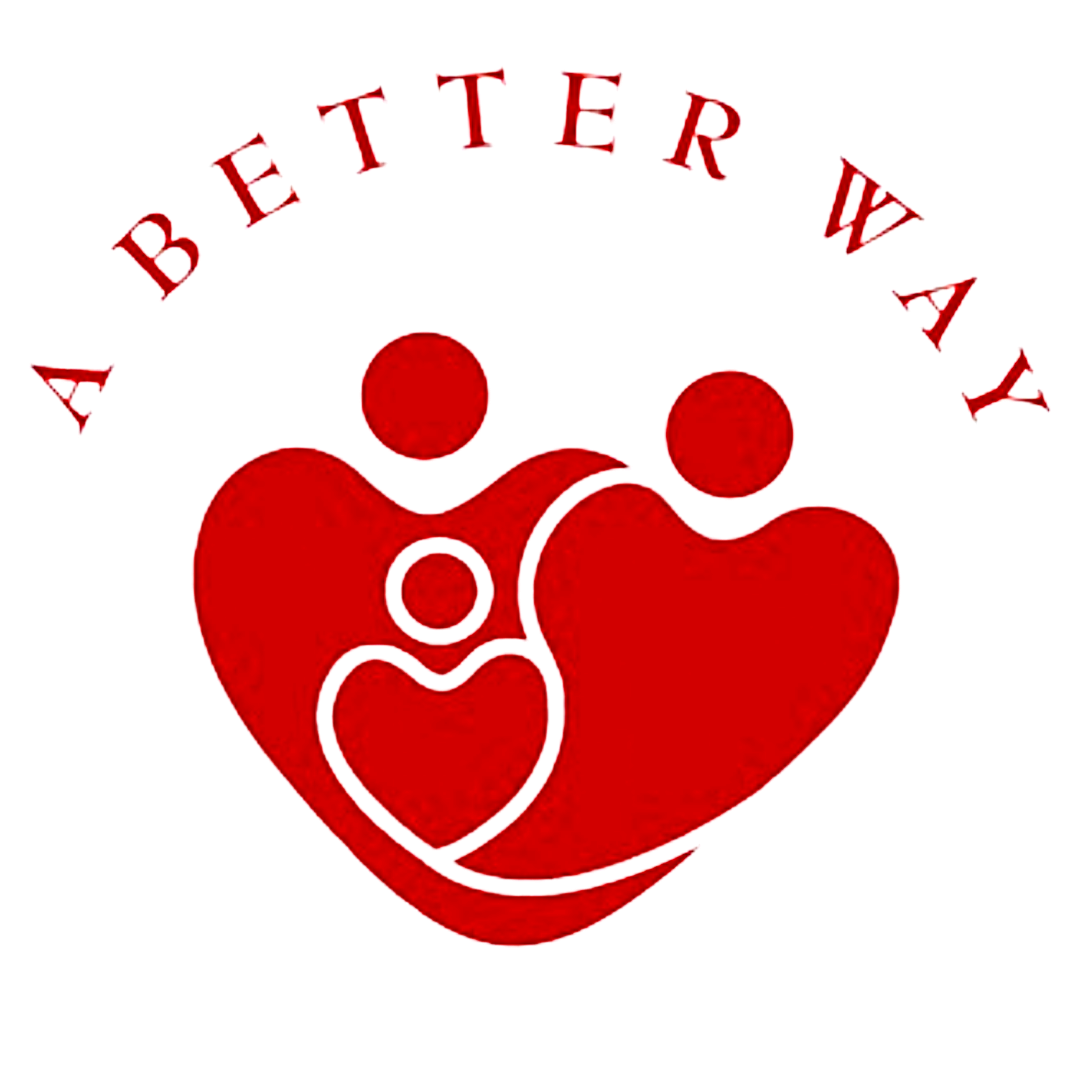Child Abuse Prevention: A Sea Change is Underway
April is National Child Abuse Prevention (CAP) Month, a time when we bring awareness to the importance of creating systems and programs that prioritize child & family wellbeing. In April 2024 there is a lot to reflect on and a lot to celebrate.
To truly appreciate where we are today, it helps to take a quick and honest look at where we’ve been. And the sad truth is that throughout our history, Child Abuse Prevention methods in the US have probably done more harm than good. Many of our core assumptions and strategies have been unsound, inequitable, and culturally biased. Our practices have been blame-laden and heavily skewed against families of color and against the poor.
One reason for this was a widespread and inaccurate understanding of the root causes of Child Abuse.
Our CAP institutions and service providers regarded child maltreatment in narrow terms as a failure of parenting attributable to bad choices and character flaws.
Today, there is a sea change underway. We have not solved all of the problems, but we are undergoing a system-wide shift toward a more ecological understanding of the causes of child abuse and toward more effective and humane strategies for supporting the needs of children, families, and communities.
A system-wide shift toward a more ecological understanding
The 2023/2024 Prevention Resource Guide from childwelfare.gov reflects these positive shifts and outlines actions we can collectively take to combat child abuse and neglect. It’s heartening to see these changes embraced at the national level, and it’s encouraging to see that A Better Way’s mission, programs, and values have been ahead of the curve for decades.
Here is a brief summary of the Prevention Resource Guide:
Chapter 1
Recommendations for Laying the Foundation
Protective Factors: Rather than focus on parent deficits, the Protective Factors framework emphasizes the importance of promoting positive conditions in individuals, families, and communities to prevent child abuse and neglect. It focuses on helping caregivers develop and demonstrate protective factors associated with child wellbeing.
Social-Ecological Approach: Acknowledges multiple levels of influence on caregiving, including societal, community, organizational, and family factors.
Committing to Equity: Addresses the need to consider the disproportionate challenges faced by families of color and those living in poverty and to work towards dismantling systemic inequities.
Chapter 2
Creating a More Supportive Society for All Families
Highlights the CDC's Essentials for Childhood framework, which aims to create a society that is supportive of all children and families.
Advocates for shifting societal child welfare norms from “surveillance” to “support for families.”
Advancing Family Financial Security: Discusses policies that promote financial security as an effective means to reduce child abuse and neglect.
Chapter 3
Building Proactive Child and Family Well-Being Systems
Introduces initiatives aimed at building proactive systems for child and family well-being.
Emphasizes the importance of using community data to better understand and address community and public health needs on a broad scale.
Highlights the need for collective impact approaches that are effective, equitable, and inclusive.
Chapter 4
Aligning Organizations for Family Resilience and Healing
Two-Generation Approaches: Discusses the importance of simultaneously supporting children and their caregivers.
Highlights the National Child Traumatic Stress Network's efforts to improve care for children who experience trauma.
Promotes and Defines “Trauma-Informed Care” stressing the importance of organizations being trauma-informed and responsive to support healing.
Chapter 5
Embracing Community and the Wisdom of Families with Lived Experience
Emphasizes the importance of involving families in decision-making.
Advocates for authentic partnerships and genuine collaboration with parents, caregivers, and youth.
Emphasizes the importance of engaging and empowering communities in prevention strategies and efforts.
Chapter 6
Protective Factors Conversation Guides for Partnering with Families
Provides concrete, adaptable conversation guides for professionals to use when engaging families in discussions about the protective factors. The guides help professionals embody and demonstrate best practices described throughout the guide as they explore the risks and strengths that the child and family are facing. There are specific guides (in Spanish and English) to explore each of the protective factors:
Nurturing and attachment
Knowledge of parenting
Parental resilience
Social connections
Concrete support for families, and
Social/emotional competence of children.
A Better Way is proud to be a part of these changes. As our name indicates, we are always looking for “A Better Way” to help the families and communities we serve. Over nearly three decades of diligent self reflection, learning, program design, and human-centered commitment we have embraced and implemented programs and strategies that align with each and every one of the tenets being promoted in this guide.
The protective factors framework is woven through all of our programs
We have always promoted and practiced an ecological, equitable, and blame-free approach to services and have participated in the cultivation of a society that is supportive of all children and families.
We have built innovative models that responsibly center “support for families” even in high-risk services prone to a “surveillance” mindset
As our mission states, we see the advancement of family financial security as a powerful way to reduce child abuse and neglect.
We strongly believe in the use of holistic community data to better understand and address community and public health needs. We were early adopters and champions of the Child and Adolescent Needs & Strengths (CANS). The CANS elegantly and transparently helps families, and their multiple stakeholders, cultivate a shared vision for child safety and wellbeing goals. The design of the CANS allows care providing systems to see trends of needs and strengths at the family, community, regional, and state levels.
A Better Way is committed to community partnerships that advance collective impact.
Our Early Childhood Mental Health expertise has led us to embrace a Two-Generation Approach in our work with children of all ages - simultaneously supporting children and their caregivers.
We are deeply committed to providing “Trauma-Informed Care” and to supporting a highly competent workforce that understands intergenerational trauma and is responsive in ways that support healing.
We excel at embracing community and the wisdom of families with lived experience. We have professionals with relevant lived experience at every level of the organization including the Board of Directors. More than that, we operated innovative and effective programs staff entirely by professionals with lived experience navigating child welfare to reunify with a child. They serve as Parent Advocates helping other families along that same journey. These programs also offer support and training that prepares participants for future work as advocates. This is part of how we seek to increase the presence of Lived Experience wisdom in our systems of care.
A Better Way is proud of who we are today, but we are even more excited to see how we will improve in the months and years ahead. Widespread positive change is in the air, and we are eager to help build a brighter future for children & families and a healthier society for all.

